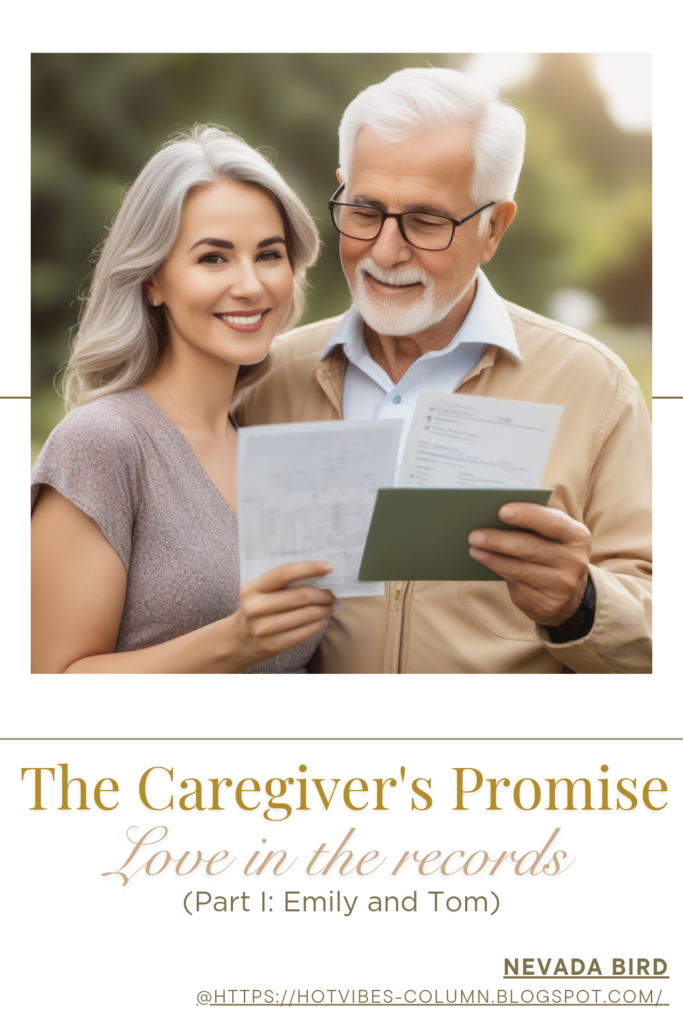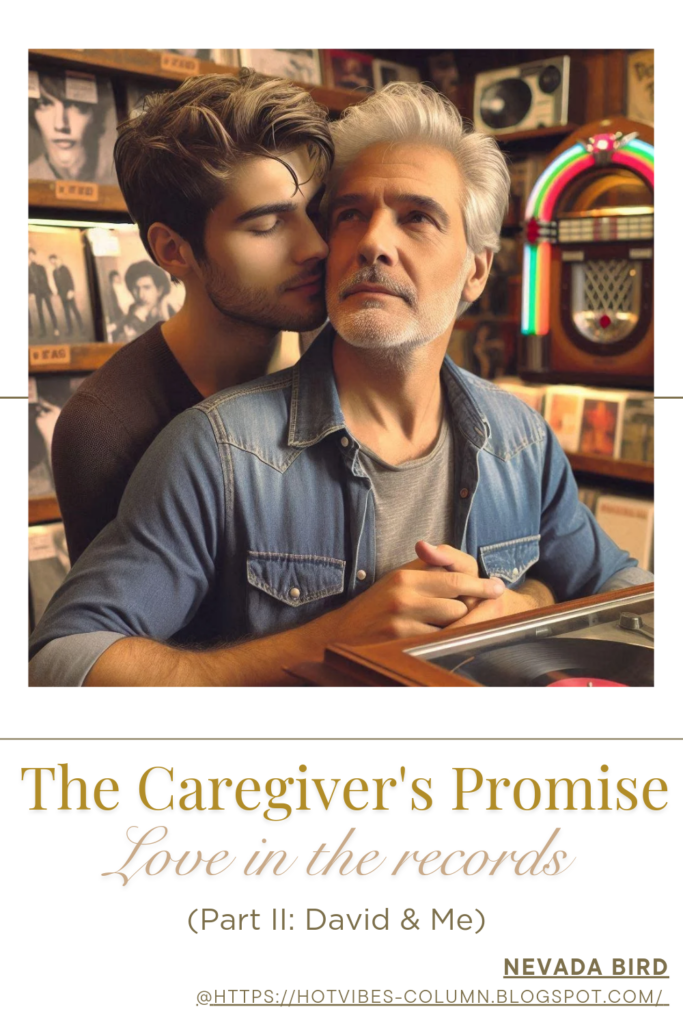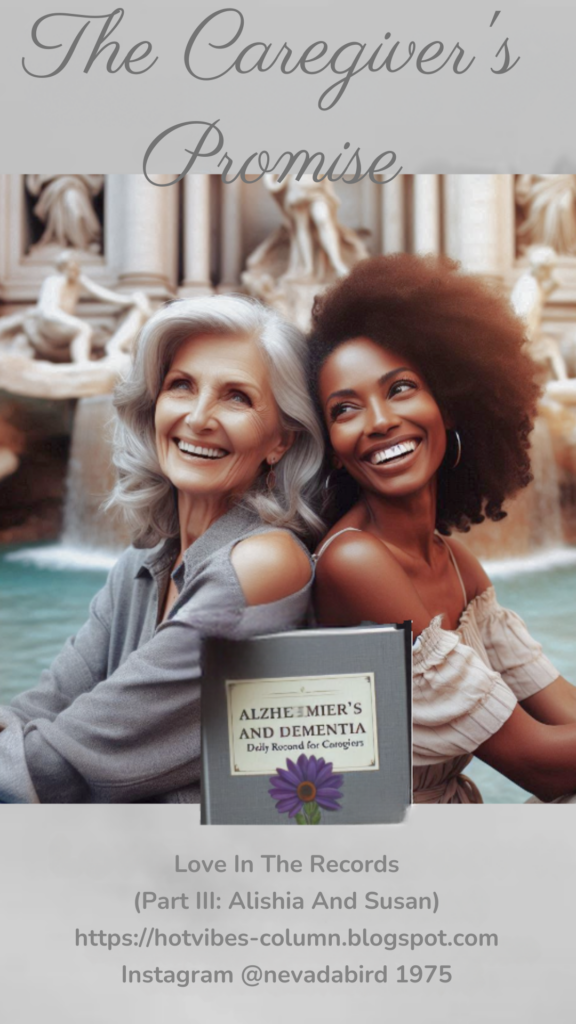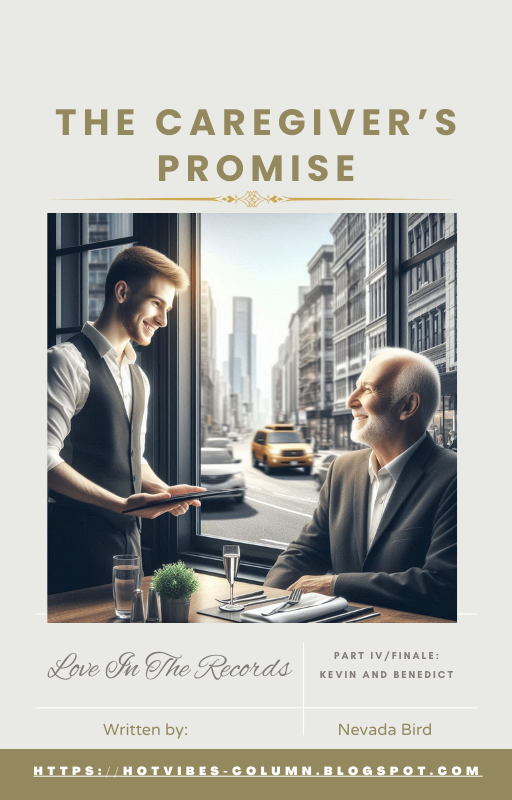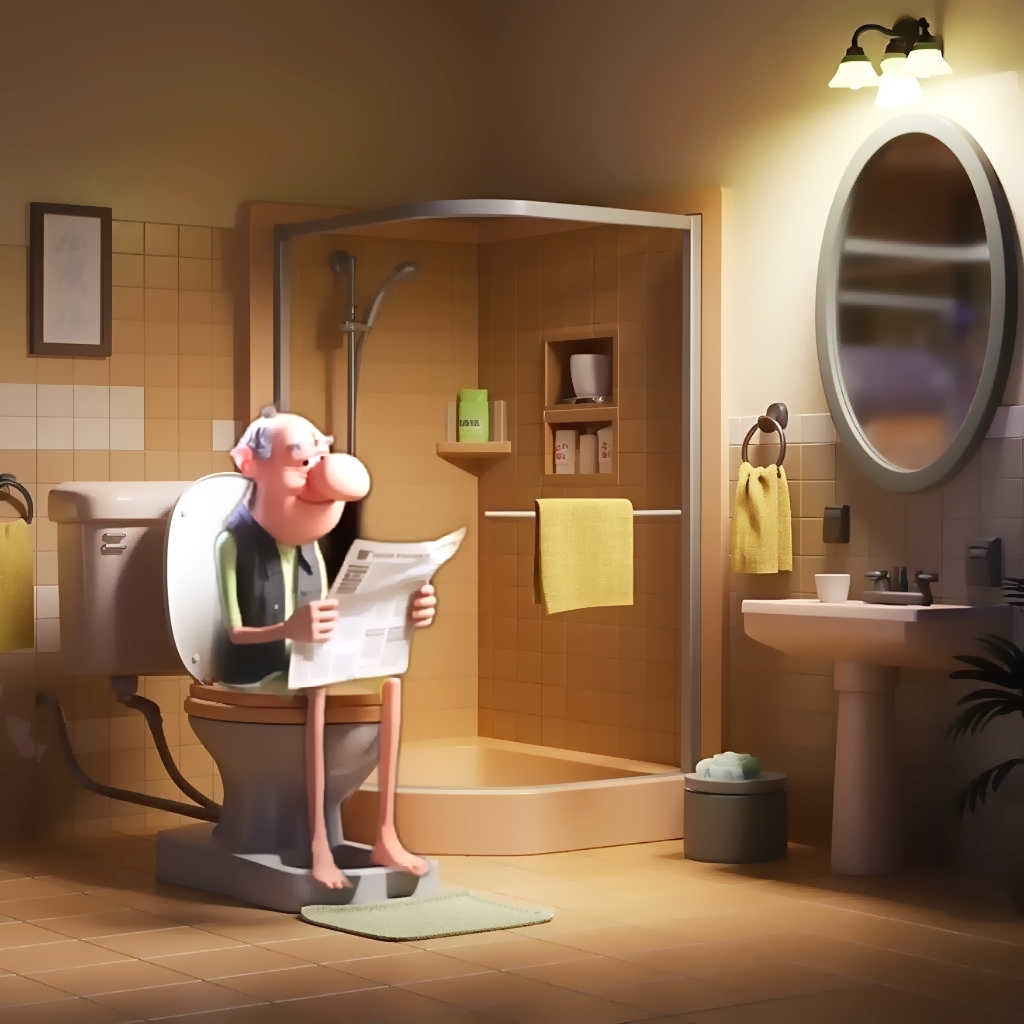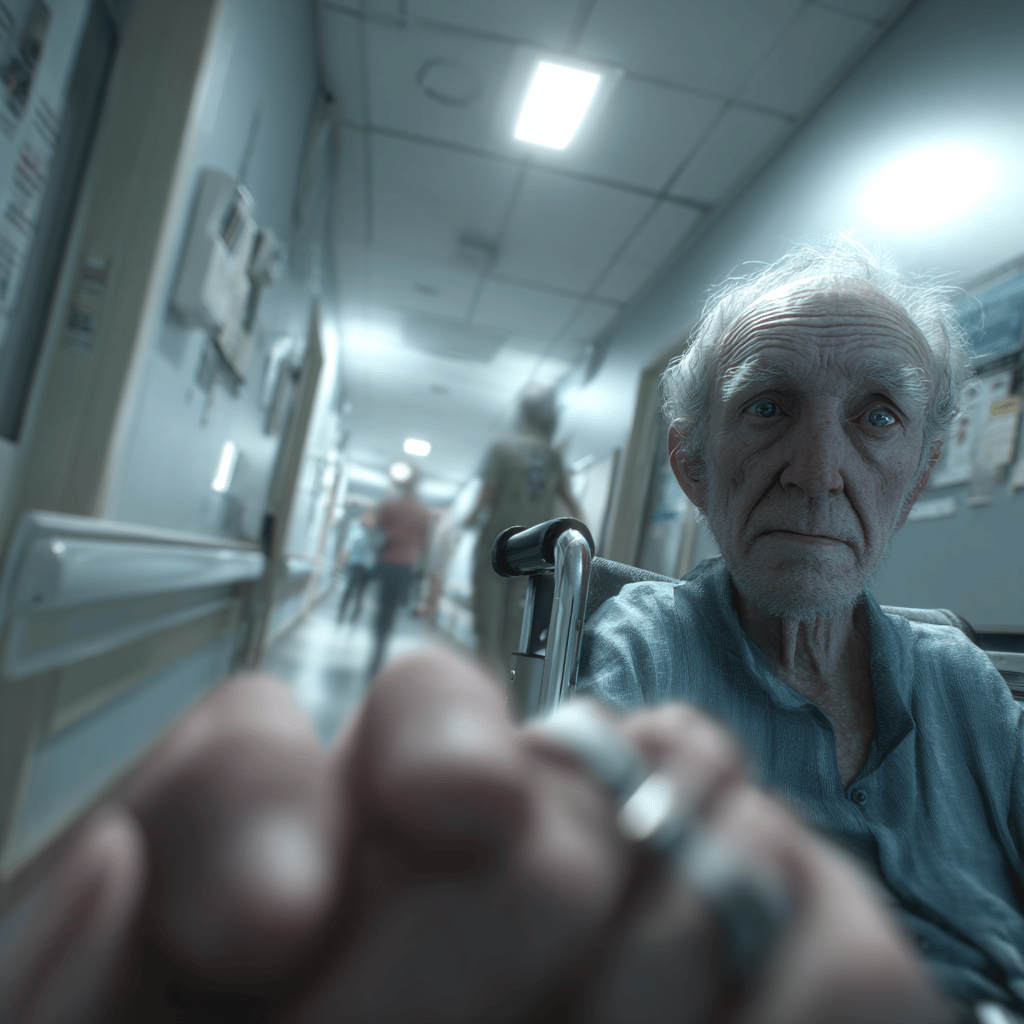
Three years ago…
In 2019, when my partner’s health took an unexpected turn, I realized that all the caregiving advice out there was written for straight, married couples. As a same-sex couple navigating the healthcare system, we faced challenges I never saw coming – and discovered tools that became our lifelines.
The Problem: When Traditional Caregiving Advice Falls Short
You’ve probably noticed it too – most caregiving resources assume you’re in a heterosexual marriage with automatic legal recognition, family acceptance, and healthcare providers who understand your relationship dynamics.
But what happens when you’re a same-sex couple and suddenly thrust into a caregiving role? When hospital staff question your authority to make decisions? When family members who never accepted your relationship suddenly want control? When you’re navigating insurance systems that weren’t designed with your family structure in mind?
The truth is, 2SLGBTQIA+ couples face unique caregiving challenges that require specialized tools and strategies. We need resources that acknowledge our reality – the legal hurdles, the family dynamics, the healthcare discrimination, and the emotional complexity of caring for someone while also protecting your own well-being in a world that doesn’t always recognize your love as valid.
Understanding the Unique Challenges We Face
Legal Recognition Gaps
Even in places with marriage equality, healthcare systems can be slow to adapt. You might find yourself fighting for basic visitation rights or decision-making authority that opposite-sex spouses take for granted.
Family of Origin Complications
When your partner’s biological family has been unsupportive of your relationship, a health crisis can create devastating power struggles. Suddenly, people who rejected your partner for years want to make medical decisions.
Healthcare Provider Bias
Not all medical professionals are LGBTQIA+-affirming. Some may not understand your relationship dynamics, use incorrect pronouns, or make assumptions that affect the quality of care.
Lack of Community Support
Traditional caregiving support groups often don’t address the specific challenges we face. Finding community with people who truly understand can feel impossible.
Essential Tool #1: The Legal Protection Toolkit
Advanced Healthcare Directives
This isn’t just a suggestion – it’s your relationship’s insurance policy. Even if you’re legally married, having detailed healthcare directives ensures your wishes are crystal clear.
What to include:
- Specific medical treatment preferences
- End-of-life care decisions
- Mental health treatment authorization
- Organ donation wishes
- Religious/spiritual care preferences
Durable Power of Attorney for Healthcare
This document gives you the legal authority to make medical decisions when your partner cannot. Make sure it’s notarized and copies are with your partner’s primary care physician, specialists, and local hospital.
Pro tip: Carry a wallet-sized card with key legal information and emergency contacts.
HIPAA Authorization Forms
These forms allow healthcare providers to share medical information with you. Without them, you might be shut out of important conversations about your partner’s care.
Essential Tool #2: The Healthcare Navigation System
The Medical Advocate Network
Build relationships with LGBTQIA+-affirming healthcare providers before you need them. This includes:
- Primary care physicians
- Specialists relevant to your partner’s health conditions
- Mental health professionals
- Hospital social workers
- Patient advocates
The Documentation Strategy
Keep detailed records of everything:
- Medical appointments and outcomes
- Medication changes and reactions
- Insurance communications
- Legal document locations
- Emergency contact information
Digital tool recommendation: Use apps like MyChart or CareZone to organize medical information and share it easily with healthcare providers.
Essential Tool #3: The Family Communication Framework
The “Circle of Care” Conversation
Have honest discussions about who should be involved in caregiving decisions and to what extent. This includes:
- Your partner’s preferences for family involvement
- Boundaries with unsupportive family members
- Communication protocols during health crises
- Decision-making hierarchy
The Ally Identification Process
Identify family members and friends who are genuinely supportive and can serve as advocates when needed. These allies can be invaluable when dealing with hostile family dynamics.
Script for difficult conversations:
“We appreciate your concern for [partner’s name]. We have legal documents in place and are working closely with their medical team. We’ll keep you updated as appropriate.”
Essential Tool #4: The Financial Safety Net
Insurance Navigation Mastery
Understanding your insurance benefits and limitations is crucial:
- Coverage for same-sex spouses/partners
- Pre-authorization requirements
- Appeal processes for denied claims
- Out-of-network provider options
The Emergency Fund Strategy
Caregiving often comes with unexpected expenses:
- Medical equipment not covered by insurance
- Home modifications for accessibility
- Lost income from time off work
- Travel costs for medical appointments
Goal: Aim for 3-6 months of expenses in an easily accessible emergency fund.
Essential Tool #5: The Self-Care Sustainability Plan
The Caregiver’s Bill of Rights
Remember these truths:
- You have the right to take care of yourself
- You have the right to seek help from others
- You have the right to maintain your own interests and activities
- You have the right to get angry, be depressed, and express difficult feelings
- You have the right to reject attempts by others to manipulate you through guilt, anger, or depression
The Support Network Map
Create a visual map of your support system:
- Inner circle: 2-3 people you can call at 3 AM
- Middle circle: 5-7 people for regular emotional support
- Outer circle: Broader community for practical help and social connection
The Respite Care Plan
Identify options for temporary relief:
- Trusted friends or family who can provide short-term care
- Professional respite care services
- Adult day programs
- Online support groups for when you need to vent
Essential Tool #6: The Community Connection Strategy
LGBTQIA+-Specific Resources
Seek out organizations and support groups that understand your unique challenges:
- SAGE (Services & Advocacy for GLBT Elders)
- Local LGBTQIA+ community centers
- Online support groups for LGBTQIA+ caregivers
- Faith communities that are affirming
The Chosen Family Network
Your chosen family often understands your relationship better than biological family. Don’t hesitate to lean on these relationships for:
- Emotional support
- Practical help with daily tasks
- Advocacy in healthcare settings
- Respite care
Essential Tool #7: The Crisis Management Protocol
The Emergency Action Plan
Create a step-by-step plan for medical emergencies:
- Call 911 if needed
- Contact your partner’s primary care physician
- Notify your designated support person
- Gather essential documents (insurance cards, medication list, legal documents)
- Activate your communication tree to notify other important people
The Hospital Survival Kit
Keep a bag ready with:
- Copies of all legal documents
- Insurance information
- Medication lists
- Comfort items for your partner
- Snacks and phone chargers for yourself
- Contact list for family and friends
The Discrimination Response Strategy
Unfortunately, you may encounter healthcare discrimination. Be prepared:
- Know your rights under local and federal law
- Have contact information for LGBTQIA+ legal advocacy organizations
- Document any discriminatory treatment
- Request to speak with a patient advocate or supervisor when needed
Overcoming Challenges & Best Practices
Challenge: Dealing with Unsupportive Healthcare Providers
Best Practice: Don’t be afraid to switch providers if possible. Your partner’s health and your peace of mind are worth more than avoiding conflict.
Challenge: Managing Caregiver Burnout
Best Practice: Schedule regular check-ins with yourself. If you’re feeling overwhelmed, resentful, or physically exhausted, it’s time to activate your support network.
Challenge: Navigating Insurance Denials
Best Practice: Always appeal denied claims. Many denials are overturned on appeal, especially when you have proper documentation and medical necessity.
The Benefits: What You’ll Gain from Being Prepared
Peace of Mind
Knowing you have the legal, practical, and emotional tools in place reduces anxiety and allows you to focus on what matters most – caring for your partner and maintaining your relationship.
Stronger Advocacy Skills
Navigating healthcare systems as an LGBTQIA+ couple develops your advocacy muscles. These skills benefit not just your relationship, but your entire community.
Deeper Community Connections
The caregiving journey often leads to meaningful connections with others who share similar experiences. These relationships can become lifelong sources of support and friendship.
Enhanced Relationship Resilience
Facing health challenges together, while difficult, often strengthens the bond between partners. You learn to communicate more effectively and support each other through life’s toughest moments.
Your Next Steps: Building Your Caregiving Toolkit
This Week:
- Schedule appointments to create or update your legal documents
- Research LGBTQIA+-affirming healthcare providers in your area
- Start building your emergency fund, even if it’s just $25 per week
This Month:
- Have the “Circle of Care” conversation with your partner
- Create your emergency action plan and hospital survival kit
- Connect with at least one LGBTQIA+ caregiving resource or support group
Ongoing:
- Review and update your legal documents annually
- Maintain relationships with your support network
- Practice self-care consistently, not just during crises
Remember, caregiving in the LGBTQIA+ community requires extra preparation, but it also reveals the incredible strength and resilience of our chosen families. You’re not just caring for your partner – you’re modeling what love looks like in action.
If you found this article helpfful, consider supporting my work by purchasing my book, ‘Love and Caregiving for LGBTQ+ Couples in Age-Gap Relationships‘, available on Amazon.com
What’s your biggest concern about caregiving as an LGBTQIA+ couple? Share in the comments – let’s support each other through these important conversations.



